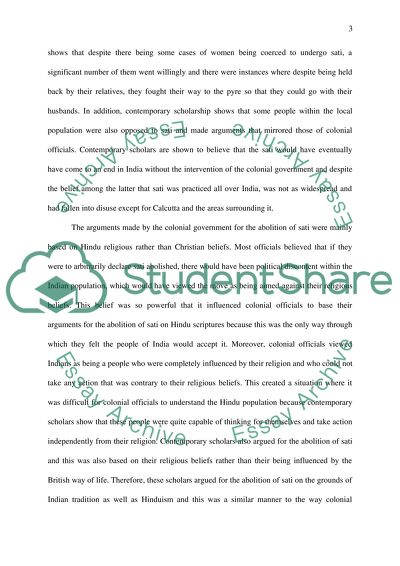Cite this document
(“Gender and History in Modern South Asia Essay # 1”, n.d.)
Retrieved from https://studentshare.org/history/1676965-gender-and-history-in-modern-south-asia-essay-1
Retrieved from https://studentshare.org/history/1676965-gender-and-history-in-modern-south-asia-essay-1
(Gender and History in Modern South Asia Essay # 1)
https://studentshare.org/history/1676965-gender-and-history-in-modern-south-asia-essay-1.
https://studentshare.org/history/1676965-gender-and-history-in-modern-south-asia-essay-1.
“Gender and History in Modern South Asia Essay # 1”, n.d. https://studentshare.org/history/1676965-gender-and-history-in-modern-south-asia-essay-1.


